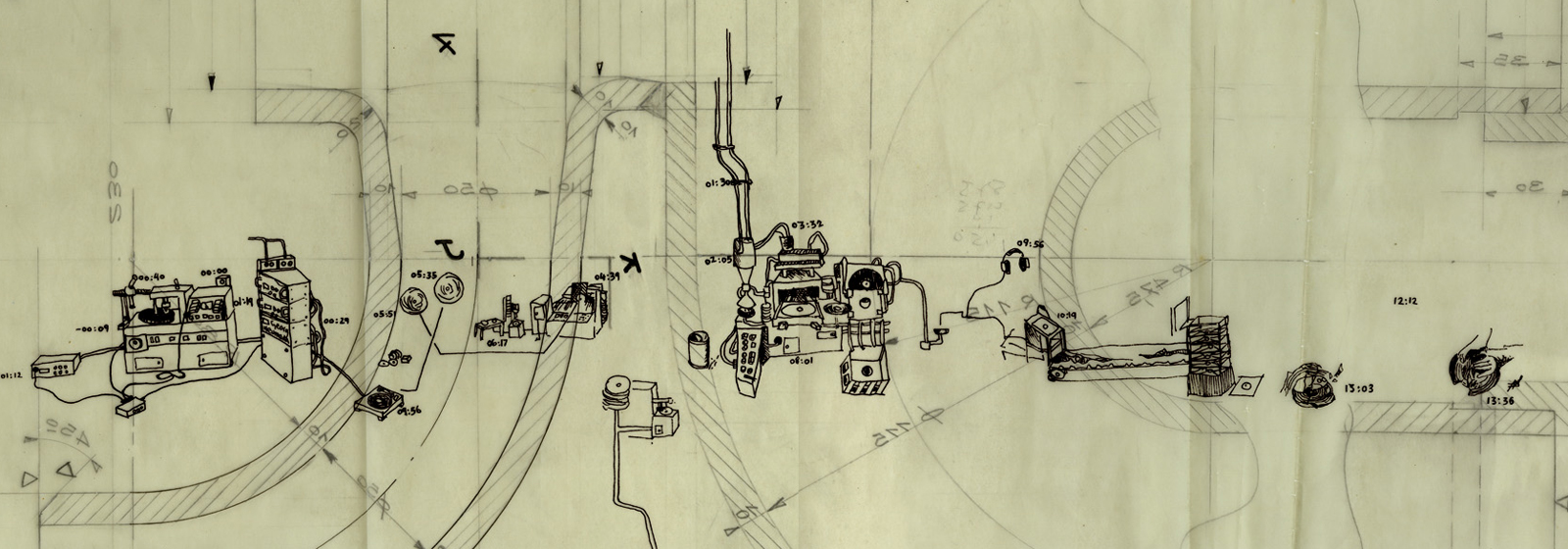Artificial Intelligence: Ten IDM Acts You Need to Know

At the tail end of 2011, a newly minted dubstep star named Skrillex made a now-legendary Facebook post, calling the Aphex Twin song “Film” his “fav song of all time.” Fans of the fist-pumping, head-banging electronic artists seemed befuddled by the lack of any aggressive action on the Aphex tune, flooding the comments section with “Where’s the drop!?”
Of course, one shouldn’t automatically expect the teenage fans of a contemporary act to automatically know the work of an elder artist, released when they were toddlers. But the nod to Aphex Twin hopefully gave musically curious Skrillex fans a starting point to explore the colorful, complex, and occasionally caustic world of ’90s IDM (Intelligent Dance Music). Here’s our list of artists you should check out if you want to go one deeper.
Autechre
Though the name is widely assumed to mean “AUdio TEChnical REsearch,” the two members of this classic IDM duo insist that is not the case. Regardless, Rob Brown and Sean Booth have certainly stretched the boundaries of what electronic music can sound like across 11 albums in as many years, all on Warp Records. Their sound is typically percussive and abstract, taking influence from hip-hop beats, as well as techno sounds and oblique time signatures. Their infamous Anti-EP was released in protest of the UK’s Criminal Justice Bill, which forbade gatherings with “repetitive beats.” Thus, the four songs never play the same rhythm twice.
Plaid
Sonically similar to Autechre, though usually on a more mild-mannered tip, this British duo takes its name from the Welsh word for “party.” Having released 10 albums themselves, Plaid is mostly known for their sublime remixes of Björk’s “All is Full of Love” and “Big Time Sensuality.” The singer returned the favor by appearing on their sophomore album, Not For Threes.
Seefeel
Being an actual four-piece band—complete with guitar, bass, drums and vocals—Seefeel bridged the gap between the guitar-driven UK shoegaze scene, which had already passed its peak, and the emerging ambient techno/IDM culture that would soundtrack much of the ’90s.
Squarepusher
Tom Jenkins has remained in the spotlight in recent years by composing far-out space funk for robotic bands. But his ’90s output was even more out-there, so much so that the term “drill ’n’ bass” was essentially coined just to describe his records, which combined befuddlingly fast breakbeats with elements of horror soundtracks and jazz. Besides the obligatory releases on Warp, as well as Trent Reznor’s ’90s imprint Nothing, much of the quintessential Squarepusher music came out on Aphex Twin’s own Rephlex Records.
μ-Ziq
Another artist who intersected with Björk, Mike Paradinas often offered a more musically baroque version of IDM than many of his more corrosive counterparts, mixing in vocals, strings and horns on many of his most well-known albums. Perhaps the most interesting of all the remixes he did was for Britpop almost-rans The Auteurs.
Boards of Canada
While most of the acts on this list veer between the ambient and the acerbic, half-brothers Michael Sandison and Marcus Eoin, who make up Boards of Canada, stay strictly on the softer side of IDM. But that doesn’t make their output any less interesting. In fact, you could argue that with the possible exception of Aphex Twin, no other IDM artist has established such a cult-like following.
Amon Tobin
Before his eyeball-exploding ISAM live show made him something of an outlier EDM star, Amon Tobin was part of a new generation of artists who took the abstract output of Warp acts, and the internationally eclectic beats of downtempo, and fused them into breaks—then flipped the script by sampling everything from samba rhythms to jazz drum solos.
Vladislav Delay
Another part of IDM’s second wave (or was it the third?), Finnish-born Sasu Ripatti took the sound into the new millennium with waves of ambient noise and abstract percussion that often went on forever without a steady rhythm in sight. Despite the beat-free form, his albums—particularly 2001’s Anima—are considered classics of the era. Oddly, he also managed at the same time to craft sultry, deep vocal house under the name Luomo.
Kit Clayton
Electronic artists are always looking for new sounds, whether by tweaking their existing kit or working with manufacturers on new pieces of gear. Joshua Kit Clayton perfectly encompassed the computer-based production style that emerged around 2000, as both a respected producer in the clicks & cuts genre (an obvious successor to IDM), and a programmer for Max/MSP creators Cycling ‘74.
Kid606
The most uncompromising artist on this list in terms of antagonistic art, Miguel Trost De Pedro made explicit the scowling punk-rock attitude that was present in many of his IDM forebears. He was one of the early acts to embrace the seemingly accidental timbres made possible by computer plugins, simply called “glitch” music. Then he doubled down with an ADD aesthetic by jamming hip-hop, breakcore and experimental noise all into his discombobulating tunes.


